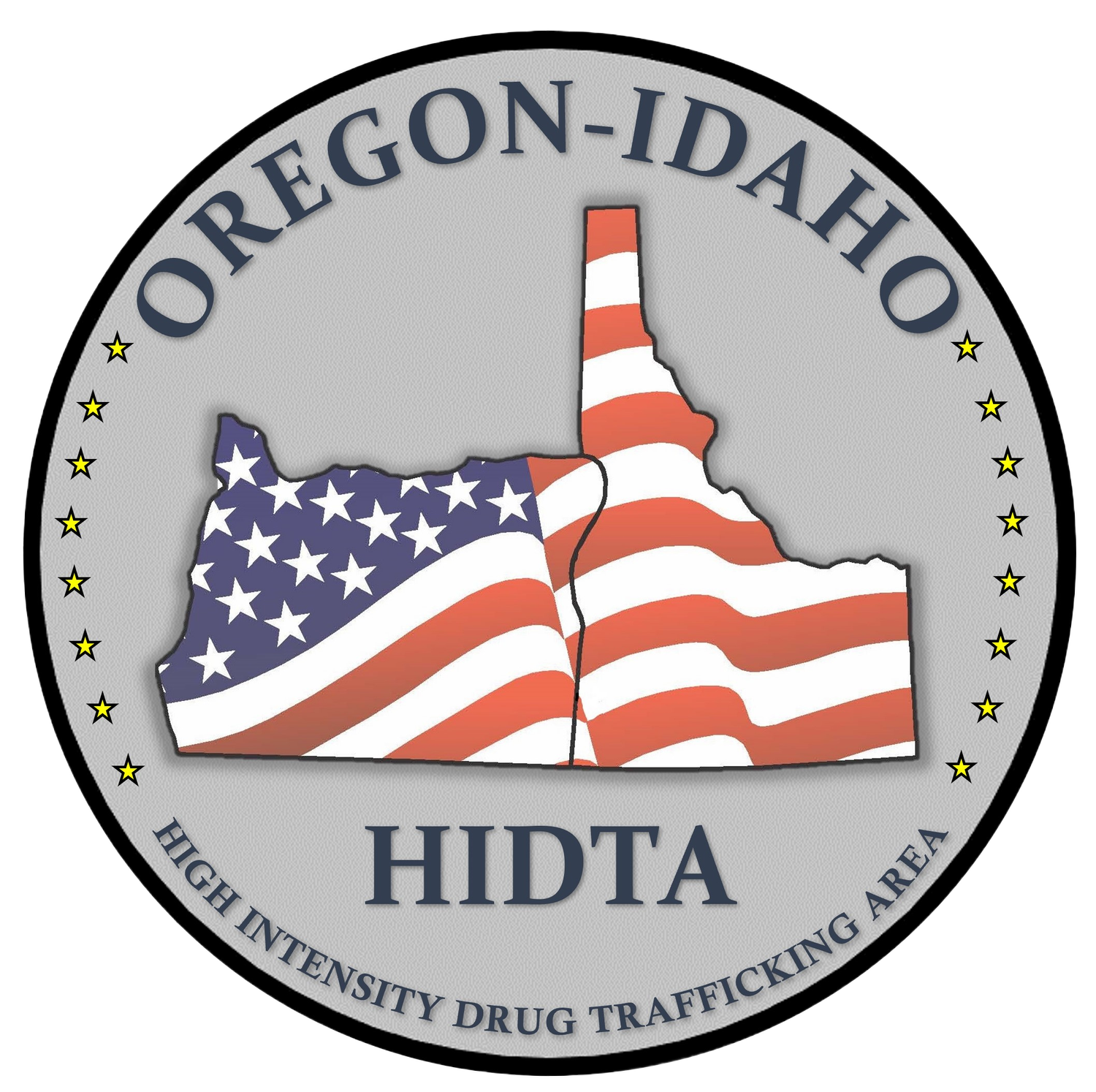Overdose Response Strategy
The Overdose Response Strategy (ORS) is an initiative designed to enhance public health public safety collaboration and to strengthen and improve efforts to reduce drug overdoses within 21 High Intensity Drug Trafficking Areas (HIDTAs) across 34 states.
With support from the Office of National Drug Control Policy (ONDCP) and the Centers for Disease Control and Prevention (CDC), the ORS initiative supports innovation at the local, state, and regional level.
The mission of the ORS is to reduce fatal and non-fatal drug overdose rates by improving information sharing across agencies and supporting evidence-based interventions. The four strategic directions that shape the boundaries of the ORS are: law enforcement, response, treatment and recovery, and prevention.
ORS State Teams are comprised of one Drug Intelligence Officer (DIO) and one Public Health Analyst (PHA). These teams form the foundation of the ORS. DIOs and PHAs are responsible for helping to increase communication, data flow, and intelligence sharing between public safety and public health sectors within and across ORS states.
To build this evidence base for promising practices in opioid overdose prevention, CDC and the National Association of City and County Health Officials (NACCHO) are working with several ORS states to develop and implement local projects designed to reduce overdoses. CDC provides technical support to these high need areas and works with HIDTA Directors and ORS State Teams to ensure that the pilot projects are smoothly implemented and that their progress and impact are monitored effectively.
Each year, the ORS conducts an initiative-wide Cornerstone Project. These projects mobilize the entire ORS to answer common questions or address shared informational needs that affect the ORS region as a whole. These projects focus on a different priority topic each year and build upon evidence-based practices to reduce overdose. ORS Cornerstone Projects so far have examined: the presence and status of fentanyl and fentanyl analogs in ORS jurisdictions states (2016); law enforcement knowledge, understanding and perceptions of 911 Good Samaritan laws (2017); promising strategies for implementing linkages to care at the nexus of public health and public safety (2018); and overdose prevention in jails (2019). In 2021, the Cornerstone Project focused on public safety, public health, and harm reduction resources on stimulants.
